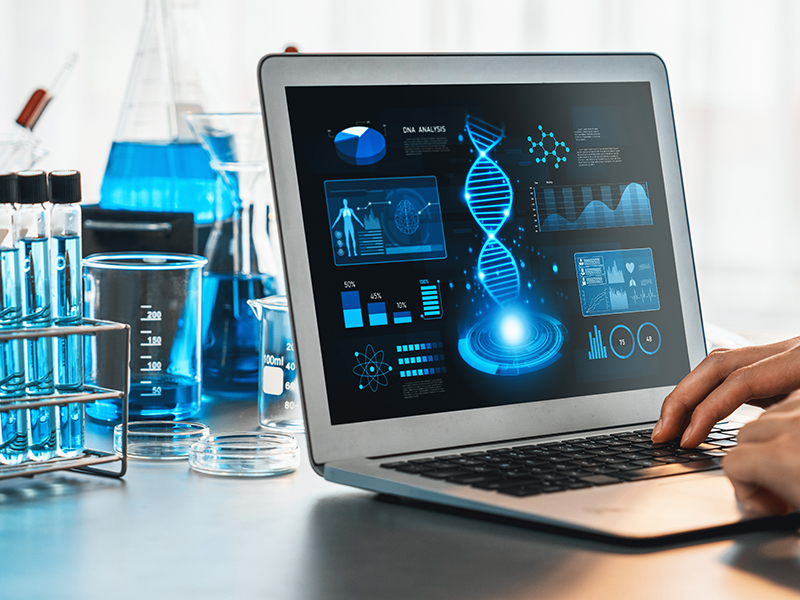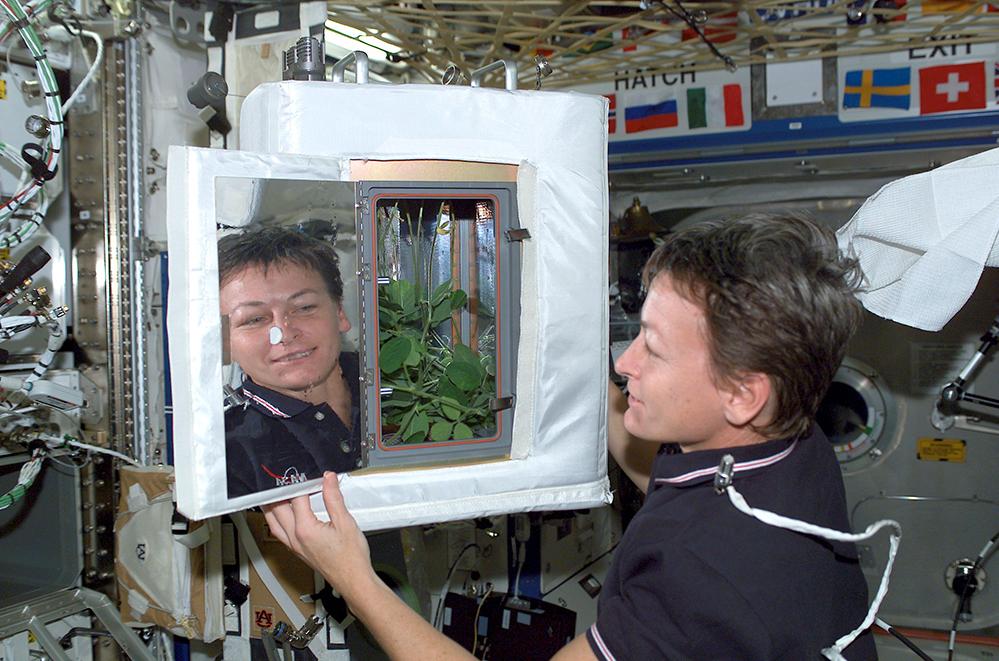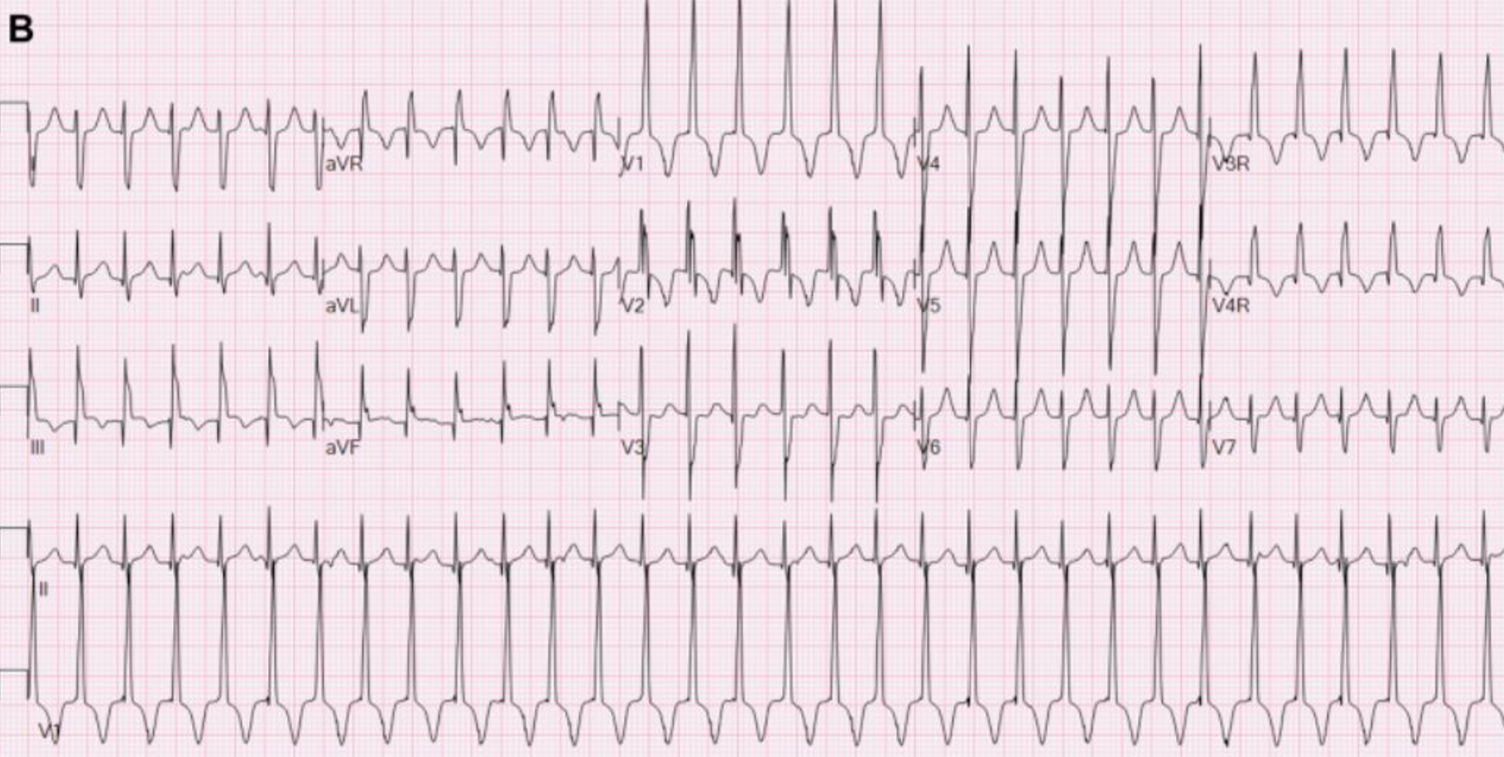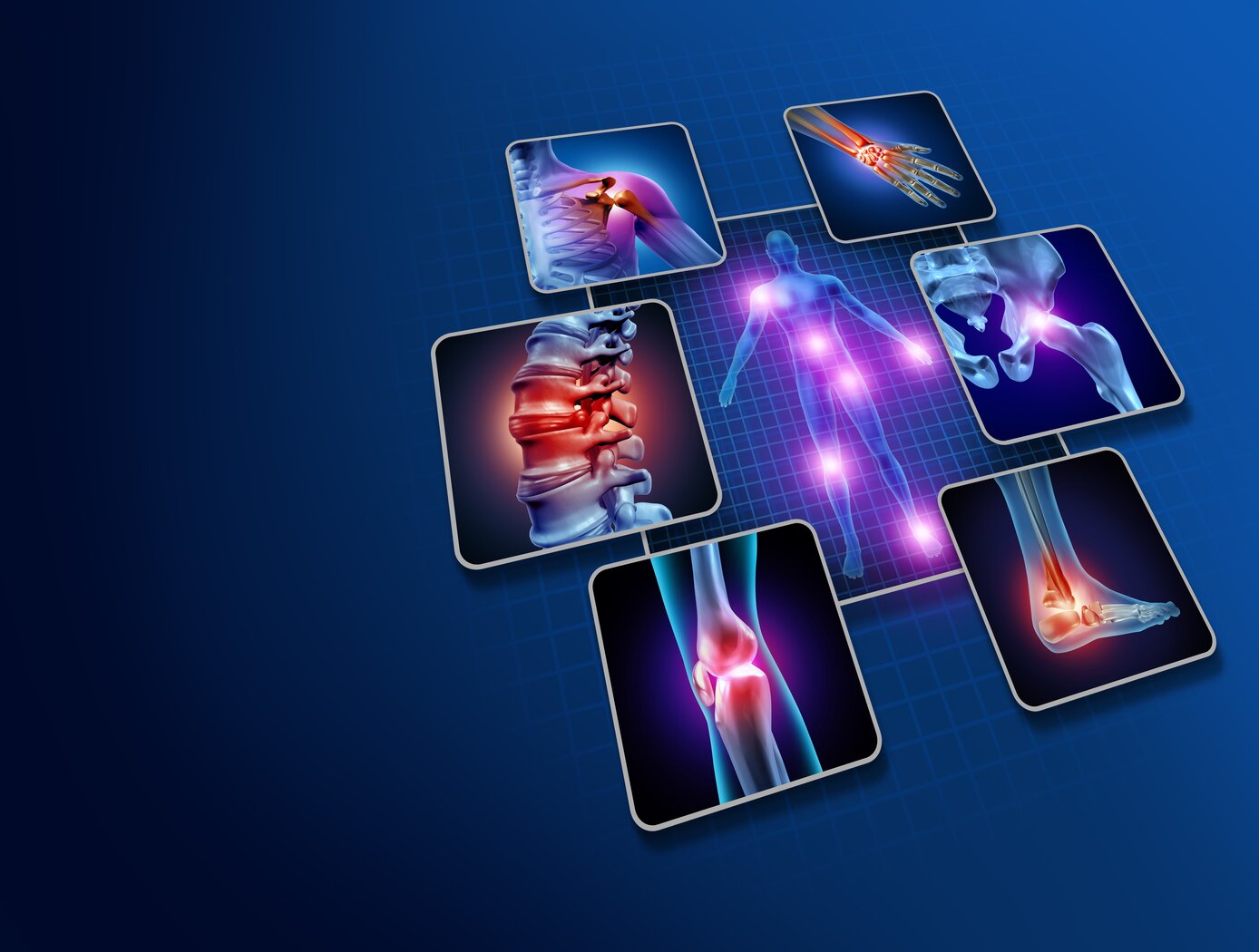
Innovations for space lead to new technologies on Earth supporting health and wellness – from cancer detection and treatment to surgical cameras and air purification for medical settings. Businesses are using NASA know-how, technology, and data to tackle some of the most challenging and far-reaching health issues around the world.

For example, the X-rays your dentist takes might use a complementary metal oxide semiconductor-based image sensor, referred to as CMOS. Invented at NASA’s Jet Propulsion Laboratory in Southern California, the technology’s heightened sensitivity makes it possible to use a lower dose of radiation, resulting in quicker diagnostics because there’s no film to develop.
Many of these commercial innovations start with the NASA Patent Portfolio, launching new companies or expanding the products and services offered by established businesses in the medical industry. Thanks to NASA’s work on astronaut health and wellness, there are more healthcare and biotechnology innovations available to contribute to advancements in medical treatments, disease prevention, and public health.
Testing Miniaturized
Deep space missions will require astronauts to be responsible for their own healthcare. That begins with diagnosis when there’s no lab available. A novel technology to provide comprehensive in-flight medical diagnostic capability in a compact, hand-held device has great potential for use in areas where quick diagnostics are inaccessible. Key features of the technology include the ability to process multiple sample types (breath, saliva, blood) and the capability to measure virtually any molecule. Breath and saliva tests are non-invasive and can rapidly provide critical health assessment information. From a small blood sample, it’s possible to collect information about macromolecular substances as well perform a blood cell count. The device consists of four unique technologies integrated into a compact medical diagnostic tool, ideal for field medicine during disaster recovery or a public health crisis and at-home patient care.

Monitoring Hearts
A well-known test to check a person’s heartbeat and heart health is the electrocardiogram (ECG). With a “second opinion” impossible on Mars, NASA developed a new approach to use the data collected from an ECG test to convert and reconstruct a multichannel ECG. The result is a recreation of the presence of a patient connected to the machine. After the patient leaves the office, this simplified method makes it possible to compile digital data collected by one machine and transfer it to any another machine for an automated second opinion. Patients being monitored for heart conditions at home can cut down on visits to the doctor’s office. At-risk student athletes participating in screening programs can be monitored remotely. And individuals screened in the developing world or remote areas will benefit from expert opinions without having to leave home. A commercial version of this technology would be useful in collecting ECG data in mobile military units, in rural areas, and in search and rescue or disaster recovery situations.
Culturing Cells
Anything that speeds up and improves the testing process ultimately benefits patients. Getting a diagnosis to determine an effective treatment is the first step in recovery, and that requires lab testing. A key piece of technology in this effort is a bioreactor, an apparatus that supports chemical or biological processes. NASA developed a new miniature bioreactor and cell culture system that performs cell studies in space and provides results to investigators on Earth with minimal tools and cost. This lightweight, compact system has the potential to also be used on Earth to culture cells in the laboratory, eliminating expensive equipment and reagents. The system can be computer operated, reducing operator handling and ensuring consistency. Cells can be cultured for extended periods of time, and samples of cells can be extracted and analyzed at specified intervals. This bioreactor can support varied chemical studies, pharmaceutical drug screening, and laboratory cell culturing. Whether developing new drug therapies or supporting diagnostic efforts in any location – from samples collected in an air-conditioned lab or a jungle hut – this miniature bioreactor system for cell culture makes the most of NASA’s expertise.

Other health-related technologies available include a noninvasive therapy for cartilage regeneration, a non-invasive method to measure intracranial pressure, a nano-sensor array for medical diagnoses, an electroactive material for wound healing, and more. To learn more about these and other medical technologies, visit the Technology Transfer program Patent Portfolio.
NASA’s Technology Transfer program ensures that innovations developed for exploration and discovery are available to the public, maximizing the benefit to the nation. They often become solutions to different challenges that have the potential to benefit life on Earth.




